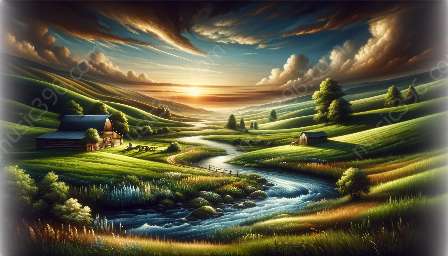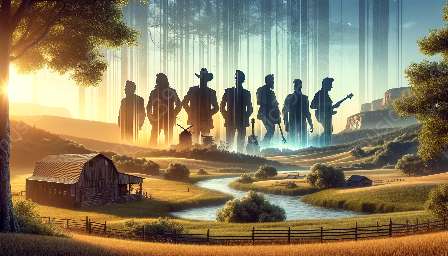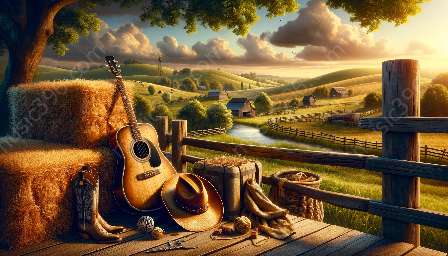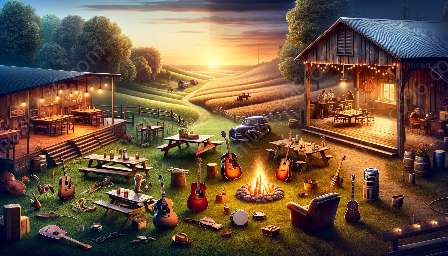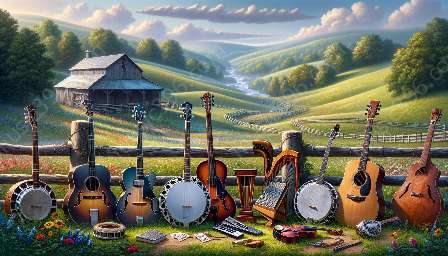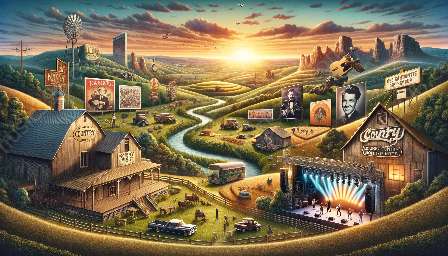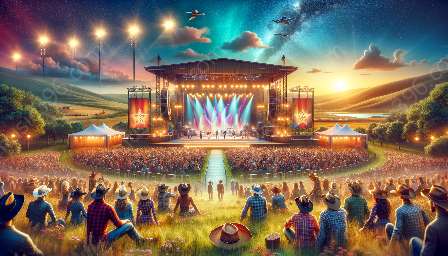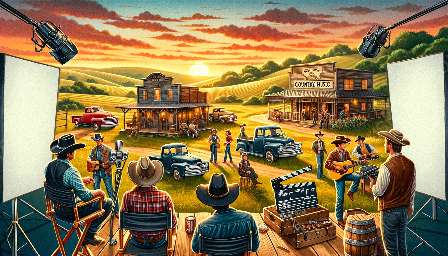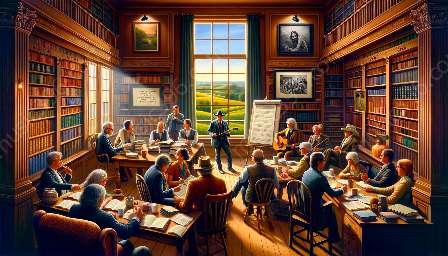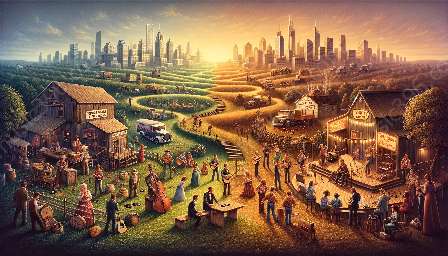Country music and American folk traditions are deeply rooted in the cultural fabric of the United States, embodying the stories, struggles, and triumphs of everyday people. This topic cluster seeks to explore the rich history and evolution of these musical genres, shedding light on their defining events, influential figures, and enduring legacy.
The Origins of American Folk Traditions
American folk traditions, also referred to as traditional music, encompass a diverse range of musical styles and customs passed down through generations. These traditions have their roots in the cultural heritage of various immigrant communities that settled in the United States, including those of Irish, Scottish, English, and African descent. Early forms of American folk music incorporated elements of ballads, work songs, hymns, and dance tunes, reflecting the experiences of rural and working-class communities.
Throughout the 19th and early 20th centuries, American folk traditions continued to evolve and diversify, embracing influences from different regions and cultural groups. The development of folk music was intertwined with social movements, such as labor rights advocacy, civil rights activism, and environmental conservation, with musicians using their art to express solidarity with marginalized communities and advocate for social change.
Country Music: A Distinctive American Sound
Country music emerged as a distinct genre in the early 20th century, drawing from the rich tapestry of American folk traditions and blending elements of folk, blues, gospel, and Western swing. The genre found a stronghold in the rural South and Southwest, resonating with audiences through its heartfelt lyrics, melancholic melodies, and down-to-earth storytelling.
One of the defining events in the chronology of country music was the commercialization of the genre in the 1920s and 1930s, spurred by the rise of recording technology and the establishment of radio networks. Pioneering artists such as Jimmie Rodgers and the Carter Family achieved widespread popularity, laying the foundation for country music's ascent to national prominence.
Defining Events in Country Music Chronology
- 1920s-1930s: Commercialization and Radio Exposure - The widespread availability of phonograph records and the emergence of radio broadcasting enabled country music to reach a broad audience, elevating the careers of early stars such as Jimmie Rodgers and the Carter Family.
- 1940s: Honky-Tonk and Western Swing - The post-World War II era saw the rise of honky-tonk music, characterized by its barroom ambiance and emotional themes, as well as the popularity of Western swing, a lively fusion of country and jazz styles.
- 1950s: The Birth of Nashville Sound - Nashville, Tennessee, emerged as a pivotal hub for country music, giving rise to the polished, orchestral sound known as the Nashville Sound, exemplified by artists like Patsy Cline and Jim Reeves.
- 1960s-1970s: Outlaw Country and the Bakersfield Sound - The 1960s witnessed the rebel spirit of outlaw country, with artists such as Willie Nelson and Waylon Jennings challenging mainstream conventions, while the Bakersfield Sound, popularized by Merle Haggard and Buck Owens, brought a gritty, electrified edge to the genre.
- 1980s-1990s: Country Pop and New Traditionalism - Country pop gained momentum during the 1980s, featuring crossover hits from artists like Dolly Parton and Kenny Rogers, while the New Traditionalist movement, spearheaded by acts such as Randy Travis and Dwight Yoakam, renewed the focus on traditional country instrumentation and storytelling.
These defining events in country music chronology underscore the genre's dynamic evolution and enduring relevance, reflecting the shifting musical landscapes and cultural influences that have shaped its trajectory.
The Enduring Legacy of Country Music and American Folk Traditions
Today, country music and American folk traditions continue to thrive, embracing new sounds and narratives while honoring their timeless roots. From the introspective ballads of singer-songwriters to the electrifying performances of modern country rock bands, the spirit of authenticity and storytelling remains at the heart of these musical traditions.
Furthermore, the influence of country music and folk traditions extends beyond the realm of entertainment, leaving an indelible mark on popular culture, literature, and social discourse. Whether in the melancholic laments of a country crooner, the foot-stomping tunes of a bluegrass ensemble, or the poignant verses of a traditional folk song, the enduring resonance of these musical genres speaks to the universal themes of love, loss, resilience, and the human experience.
As guardians of a rich legacy, musicians, scholars, and enthusiasts alike continue to celebrate and preserve the traditions of country music and American folk music, ensuring that these cherished art forms endure for generations to come.

